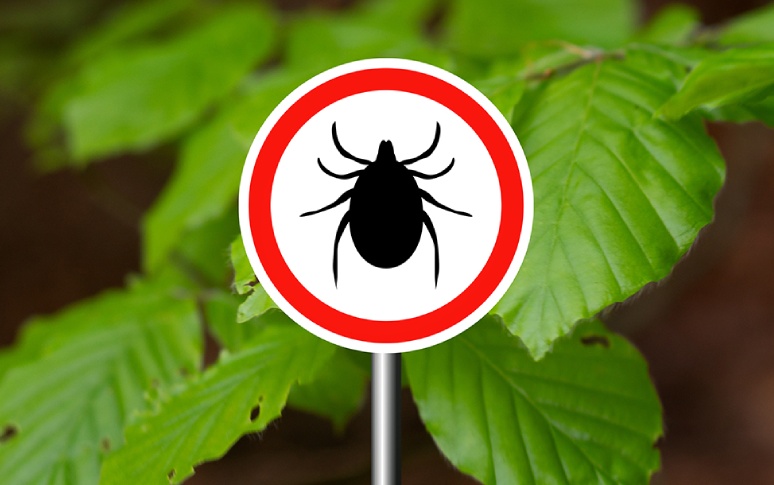1. What is Lyme Disease?
Lyme disease is an illness caused by borrelia bacteria, transmitted to humans via the bite of a tick carrying these bacteria. Ticks with the bacteria are found in most of the US, and the disease is common in specific areas of the US, Europe, and Canada. Spending time in areas where these ticks live, like grassy, brushy, or wooded areas, raises the risk of contracting the disease. Be aware of this risk and take precautions.

2. Symptoms of Lyme Disease
The symptoms of Lyme disease vary person to person and typically appear in stages. A rash is a recognizable sign, often starting as a single circle and spreading from the tick bite site. Sometimes, it may have a bull's-eye appearance. Other early symptoms include fever, headache, extreme tiredness, joint stiffness, muscle aches and pains, and swollen lymph nodes. Not everyone experiences these symptoms, and some may not notice the tick bite.

3. Stages of Lyme Disease
- Stage 1 usually occurs within 3 to 30 days after a tick bite. A rash is common but not always present, along with symptoms like fever, headache, tiredness, joint stiffness, muscle aches, and swollen lymph nodes. If untreated, the disease can progress to Stage 2, within 3 to 10 weeks.
- Stage 2 is more serious and widespread, with symptoms such as multiple rashes, neck pain or stiffness, muscle weakness, heart problems, and issues with the eyes, hands, and feet.
- Stage 3 is called late disseminated disease, symptoms from earlier stages may persist, and arthritis in large joints, especially the knees, may occur, with pain, swelling, or stiffness that can last or come and go.

4. Causes of Lyme Disease
Lyme disease is caused by borrelia bacteria. In North America, the black-legged tick, or deer tick, is the main carrier. In Europe, a different species causes the disease, and ticks there have various names. Ticks feed on blood by attaching to a host's skin and can pick up the bacteria from a previous host. They can pass it to another host when they bite. Removing the tick within 24 hours reduces the risk of disease spread.

5. Risk Factors for Lyme Disease
Your risk of getting Lyme disease depends on factors like the region, habitat, and time of year. Deer ticks carrying the disease are in certain areas, and ticks live in wooded, shrubby, or grassy areas. The risk is higher in spring, summer, and fall, but ticks can be active when the temperature is above freezing. Knowing these risk factors can help you reduce exposure.

6. Complications of Lyme Disease
Some people may have lasting symptoms after treatment, including arthritis, body aches, tiredness, and memory complaints. The causes are not fully understood, but possible factors include incomplete treatment, reinfection, immune system response, or undiagnosed conditions. Seek medical attention if you have concerns about your symptoms after treatment.

7. Prevention of Lyme Disease
To prevent Lyme disease, avoid tick bites outdoors. Ticks often attach to your lower legs and feet in grassy, wooded areas, and may crawl upward. Use tick repellents on clothing and gear, and apply insect repellent to exposed skin (except the face). Wear light-colored clothing and proper attire. Shower to wash off loose ticks and check your body carefully. Check your gear and put outdoor clothes in the dryer on hot for at least 10 minutes to kill ticks before washing. Following these tips reduces the risk.

Was this page helpful? Give us a thumbs up!
